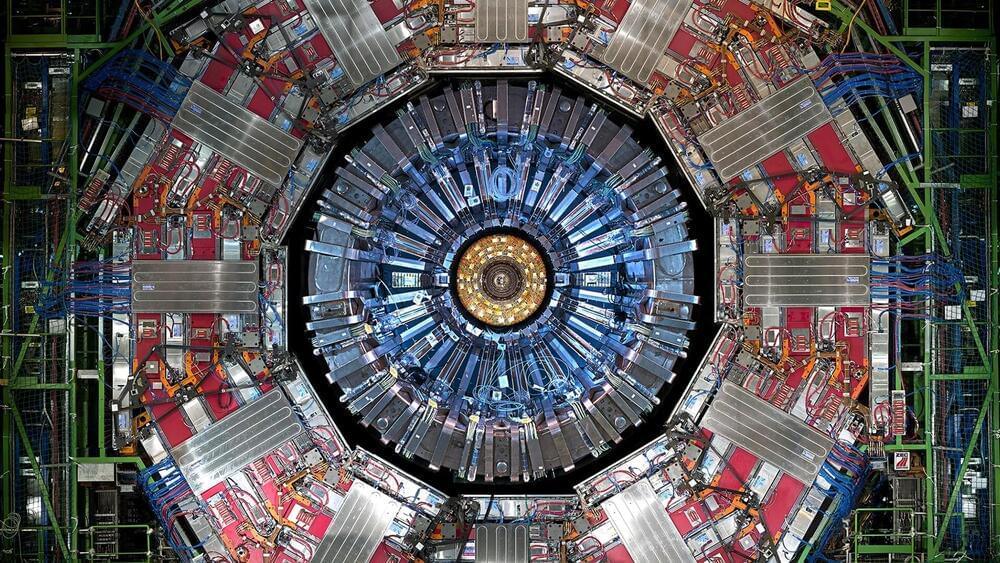It’s the easiest way yet for iOS users to use Google’s AI, and it comes with Gemini Live.


Could AGI be here by 2025? In a shocking new interview, Sam Altman — OpenAI’s CEO — just dropped some MAJOR revelations about their path to artificial general intelligence.
Unlike his usual careful corporate speak, Sam appears surprisingly confident about what’s ahead.
In this video, I break down Sam’s latest statements, OpenAI’s five-level roadmap to AGI, and why this matters for YOU.
After working full-time in AI since January 2023 and studying these developments closely, I’ll give you my analysis on:
-Why Sam’s recent statements are different from his past comments.
–OpenAI’s five levels toward AGI and where we actually are.
–What this means for the economy, jobs, and your future.
–How you can prepare and position yourself NOW
The world is still sleeping on what’s coming. Whether AGI arrives in 2025 or later, one thing is clear — the pace of change is rapidly accelerating, and the opportunities are massive for those who prepare.

Akash Systems has signed a non-binding preliminary memorandum of terms with the U.S. Department of Commerce for $18.2 million in direct funding and $50 million in federal and state tax credits through the CHIPS Act. Although this isn’t yet a binding contract that will give the company the promised funds, it’s an important first step in the negotiation process for the Oakland-based startup, which shows that both the company and the U.S. government are gradually moving towards a formal agreement. According to Akash Systems (h/t Axios), it will use the funds to ramp up its operations for producing diamond-cooled semiconductors for AI, data centers, space applications, and defense markets.
Diamond-cooling technology goes deeper than just thermal paste with nano-diamond technology. For example, some use synthetic diamonds as the chip substrate, utilizing the material’s thermal conductivity to more efficiently move heat away from the processor. So, let’s look closer at Akash’s solution.

Companies that own or operate critical infrastructure increasingly rely on artificial intelligence. Airports use A.I. in their security systems; water companies use it to predict pipe failures; and energy companies use it to project demand. On Thursday, the U.S. Department of Homeland Security will release new guidance for how such companies use the technology.
The document, a compilation of voluntary best practices, stems from an executive order that President Biden signed more than a year ago to create safeguards around A.I. Among other measures, it directed the Department of Homeland Security to create a board of experts from the private and public sectors to examine how best to protect critical infrastructure. The risks run the gamut from an airline meltdown to the exposure of confidential personal information.
Alejandro N. Mayorkas, the homeland security secretary, first convened the board in May. It includes Sam Altman, the chief executive of OpenAI; Jensen Huang, the chief executive of Nvidia; Sundar Pichai, the chief executive of Alphabet; and Vicki Hollub, the chief executive of Occidental Petroleum.

If you’ve recently scrolled through Instagram, you’ve probably noticed it: users posting AI-generated images of their lives or chuckling over a brutal feed roast by ChatGPT. What started as an innocent prompt – “Ask ChatGPT to draw what your life looks like based on what it knows about you” – has gone viral, inviting friends, followers, and even ChatGPT itself to get a peek into our most personal details. It’s fun, often eerily accurate, and, yes, a little unnerving.
The trend that started it all
A while ago, Instagram’s “Add Yours” sticker spurred the popular trend “Ask ChatGPT to roast your feed in one paragraph.” What followed were thousands of users clamouring to see the AI’s take on their profiles. ChatGPT didn’t disappoint – delivering razor-sharp observations on everything from overused vacation spots to the endless brunch photos and quirky captions, blending humour with a dash of truth. The playful roasting felt oddly familiar, almost like a best friend’s inside joke.

“The last two decades saw software transform nearly every industry, a trend famously captured by venture capitalist Marc Andreessen’s phrase ” software is eating the world.
Software became the backbone of industries like retail, transportation, finance, and entertainment, leading to a world where digital tools and applications are integral to daily life.
Looking forward, many experts believe that artificial intelligence (AI) will play a similarly transformative role over the next 20 years.
Non-invasive BCIs let you harness tech benefits and enhance cognition without implanting a brain chip.
The problem with conventional non-invasive BCIs is that they are not as accurate as invasive BCIs. They collect data using external sensors that are not in direct contact with brain tissues, and any disturbance in a user’s surroundings could affect their function.
According to the CMU researchers, AI-based deep neural networks can solve this problem. They are more advanced than artificial neural networks used for facial recognition, speech recognition, and various other simple tasks.
A deep neural network has more layers and nodes compared to ANN, and therefore they are used for more complicated tasks. They can allow a BCI to extract accurate results even from complex and large data sets with distortion and noise.

In the quest to uncover the fundamental particles and forces of nature, one of the critical challenges facing high-energy experiments at the Large Hadron Collider (LHC) is ensuring the quality of the vast amounts of data collected. To do this, data quality monitoring systems are in place for the various subdetectors of an experiment and they play an important role in checking the accuracy of the data.

When I was a kid I always had to mow the lawn, and not with those ones you ride like a toy.
/PRNewswire/ — Intelligent robotics brand MOWRATOR is targeting the North American market. MOWRATOR will launch the world’s first battery-powered all-in-one remote control robotic lawn mower, S1, globally in early 2024. MOWRATOR S1 debuted at the GIE Landscaping Equip Expo trade show in October 2023, followed by the Orlando Makers Faire in November 2023. MOWRATOR S1 received enthusiastic feedback from industry partners, landscaping professionals, and homeowners. Attendees were impressed by MOWRATOR S1’s all-metal frame with its 21 steel blade, autopilot L2 cruise control and U-turn, and one-button auto-dumping mechanism. Furthermore, MOWRATOR S1 also developed more modules to meet autumn leaf vacuum and other yard care needs, unique from the market’s standard remote control lawn mower.